The solar panel market is hot right now. There are AC modules, smart modules, half-cut cells, bifacial designs, solar shingles, mounting partnerships, full system offerings–solar module manufacturers are doing a little bit of everything. And now with more U.S.-based manufacturing locations, there was a lot to see at Solar Power International 2018. Here are a few highlights I noticed.
Hanwha Q CELLS’s Georgia-made modules
We got a first look at what solar panels will be pumping out of Hanwha’s new Georgia plant next year. This is the Q.PLUS DUO L-G5.2, a polycrystalline solar module with 144 half-cut cells. The traditional 72-cell format works in large-scale solar projects and has that coveted 1,500-V rating. The maximum output is a respectable 370 W.
JinkoSolar’s partnership with Edisun Microgrids’ PV Booster
This is an exciting development in the rooftop tracking market. Edisun Microgrids has a dual-axis tracker for flat rooftops that has been making inroads in the industry, and now a major panel manufacturer is signing on. JinkoSolar’s 72-cell Eagle G2 modules (that reach up to 400 W) can be bundled with the PV Booster’s new single-axis tracking design. Edisun has been perfecting its tracking system for limited maintenance and improved cold-weather adaptability, and Jinko wants to be on more rooftops with this tracker.
Silfab Solar’s U.S.-made back-contact modules
Not only is Silfab entering the U.S. manufacturing market with a facility in Washington, but it’s also joining the back-contact game. Silfab has aligned with DSM to produce back-contact modules with DSM’s conductive backsheet. Company reps say there is a 30% increase in output over conventional modules, and all Silfab modules now come with a 25-year product warranty and a 30-year performance guarantee.
LG’s full residential battery system
LG’s doing it all. It has back-contact modules, black backsheets, bifacial modules, even solar cells that go on cars. And now it’s offering a battery system that comes with a rapid shutdown device and an inverter. The residential energy storage system is available as a 5-kW AC-coupled system or a 7.6-kW DC-coupled system. Installers will enjoy only having to work through one company for all the major components of a solar+storage system.
Panasonic’s new AC and smart modules
Panasonic showed off its partnerships with Enphase Energy and SolarEdge Technologies at SPI with its new AC module and smart module. The AC module features Enphase’s IQ 7X microinverter and will be available to U.S. customers in early 2019. The HIT S Series Smart Module is equipped with SolarEdge’s optimizer and will also be available early next year. For when installers want an AC system or a panel-optimized design, Panasonic has them covered.
REC takes its TwinPeak module mono
Half-cut cell pioneer REC has adapted its TwinPeak module technology to monocrystalline. The TwinPeak 2 Mono is a p-type PERC panel. All TwinPeak panels feature half-cut cells and split junction boxes to effectively work as two twin panels in one. This new module is the first to move into monocrystalline for higher efficiency and higher output.
Sunflare’s solar shingles
CIGS panel manufacturer Sunflare just wants more solar in more places. The company promotes its glass-less, lightweight modules to the commercial rooftop market where weight and penetrations are a concern. Sunflare is now looking to the residential BIPV market and solar shingles. The company brought a four-cell shingle prototype to SPI to hear installer feedback before officially launching the product. There are no wires at the shingle-to-shingle electrical connection. Wiring to the inverter will only be featured and hidden at the roof’s ridge cap.

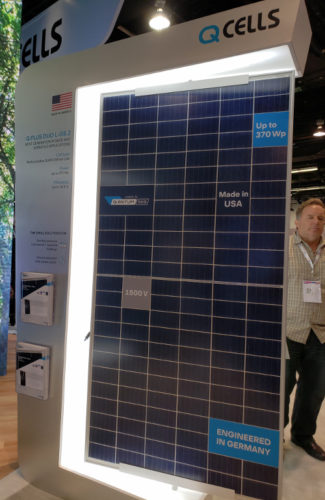
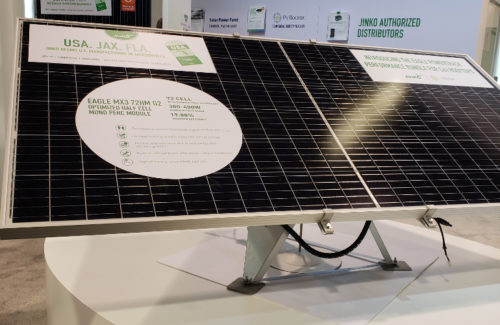
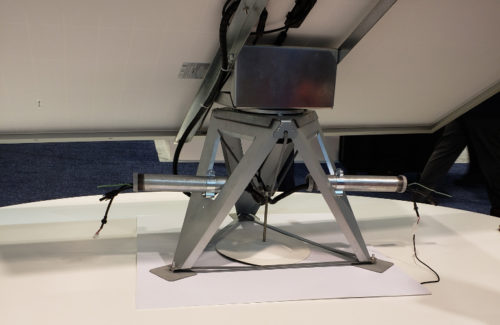
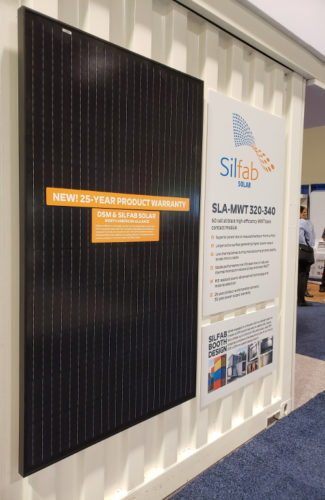
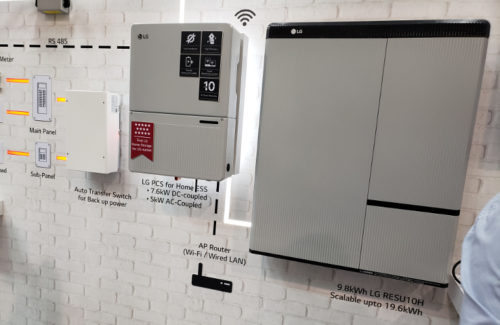
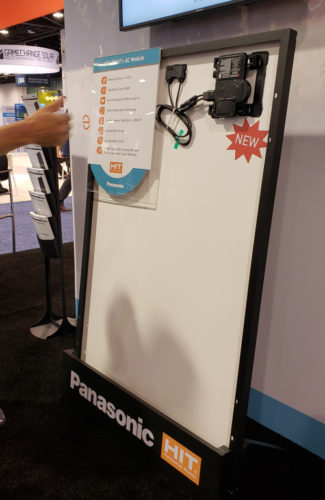
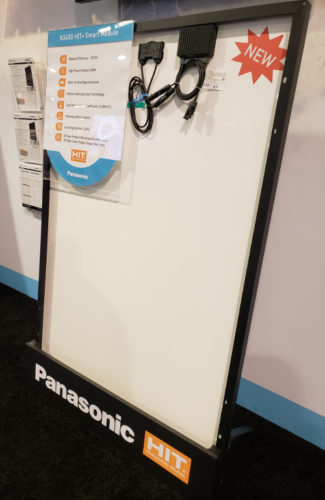
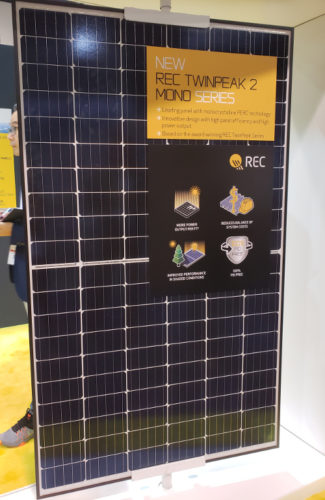
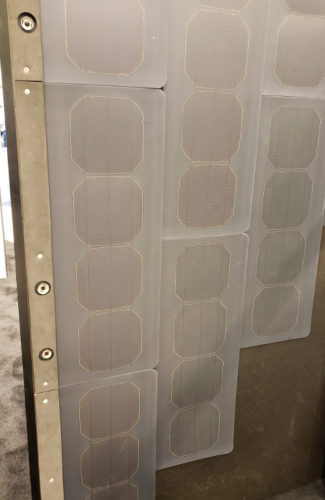
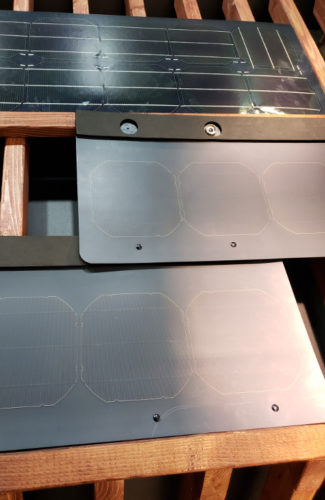
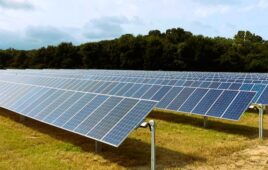
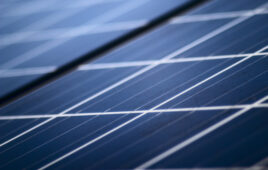
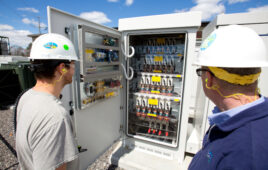
I see a lot of hype over solar roads, when due to the weight of vehicles these will always fail. Why not solar sidewalks? No way a 25,000lb truck or heavier will roll across these if put in the right locations. I’ve seen 100+ year old glass used embedded in sidewalks to illuminate sewers and underground walkways in cities such as Seattle, and those are still there! Solar Sidewalks are a great idea, not solar roads for logical sense, and a solar future. I calculated the usable cell voltage output to a 140 year lifespan not the mere 25 years most solar manufacturers are advertising. I think they are going about it all wrong. Post the limits of the technology as a selling point, second is the warranty which in most cases is so much nonsense and verbal twisting to make it almost impossible to effectively use unless you’re a utility buying 1000’s of pieces. I think a solar power system is the best retirement investment you could make in the long run.
Thanks for the update. Exciting times!